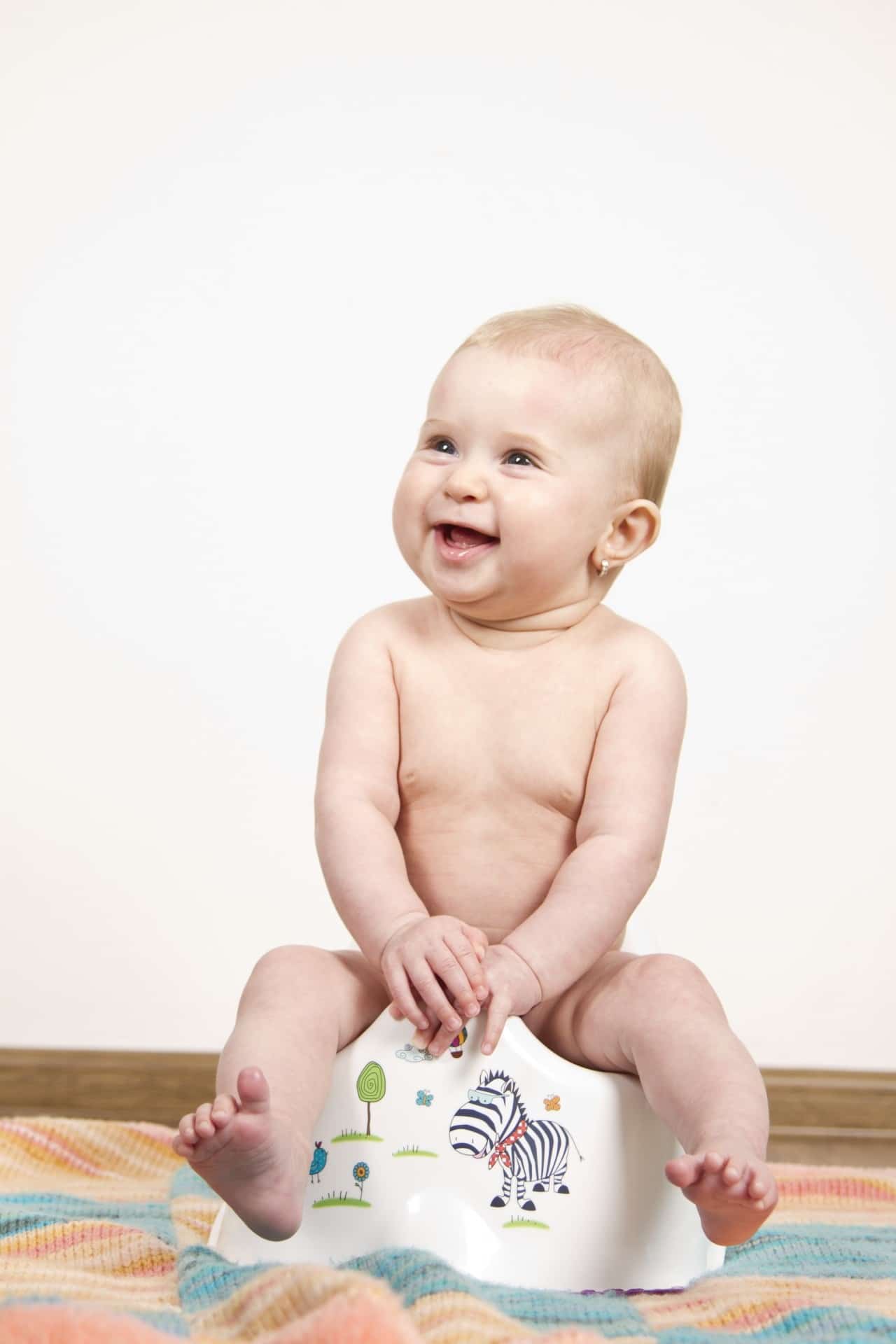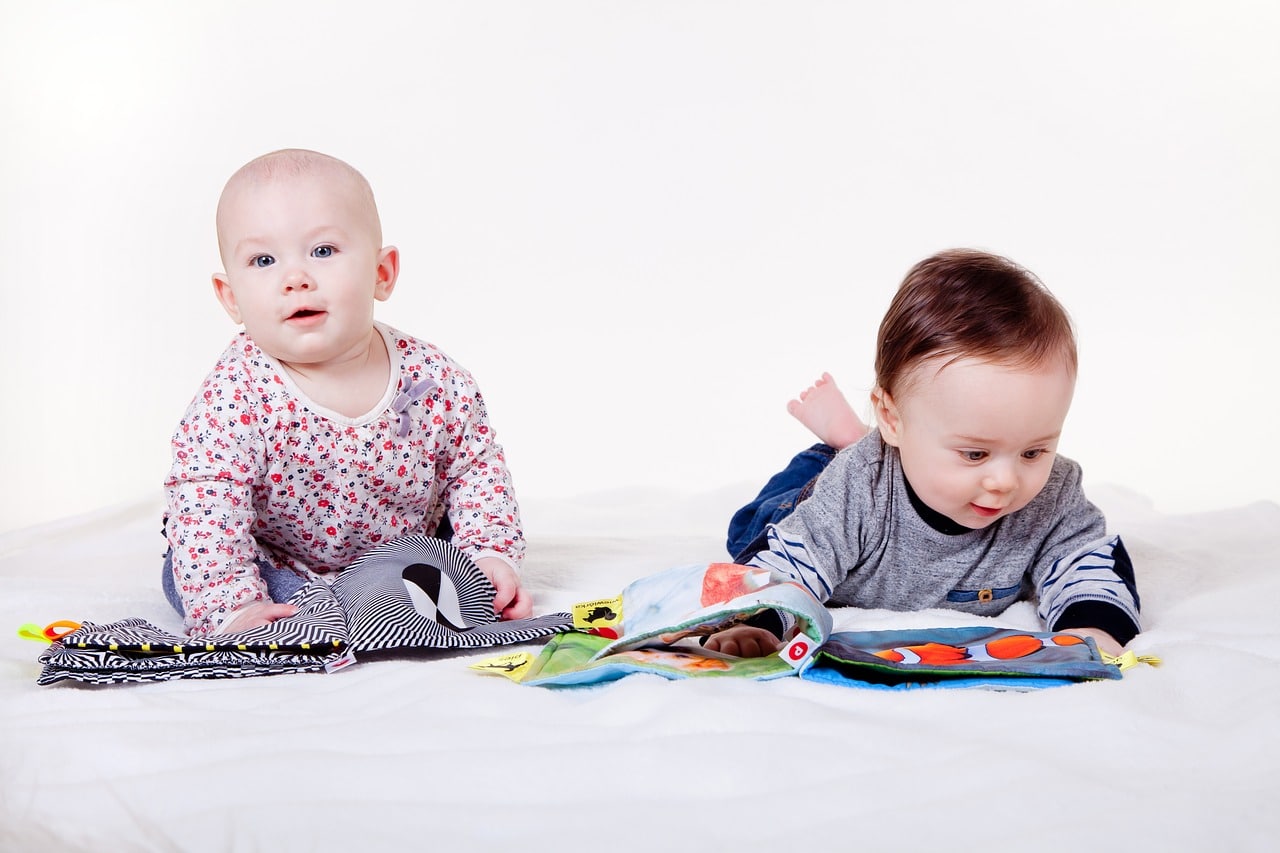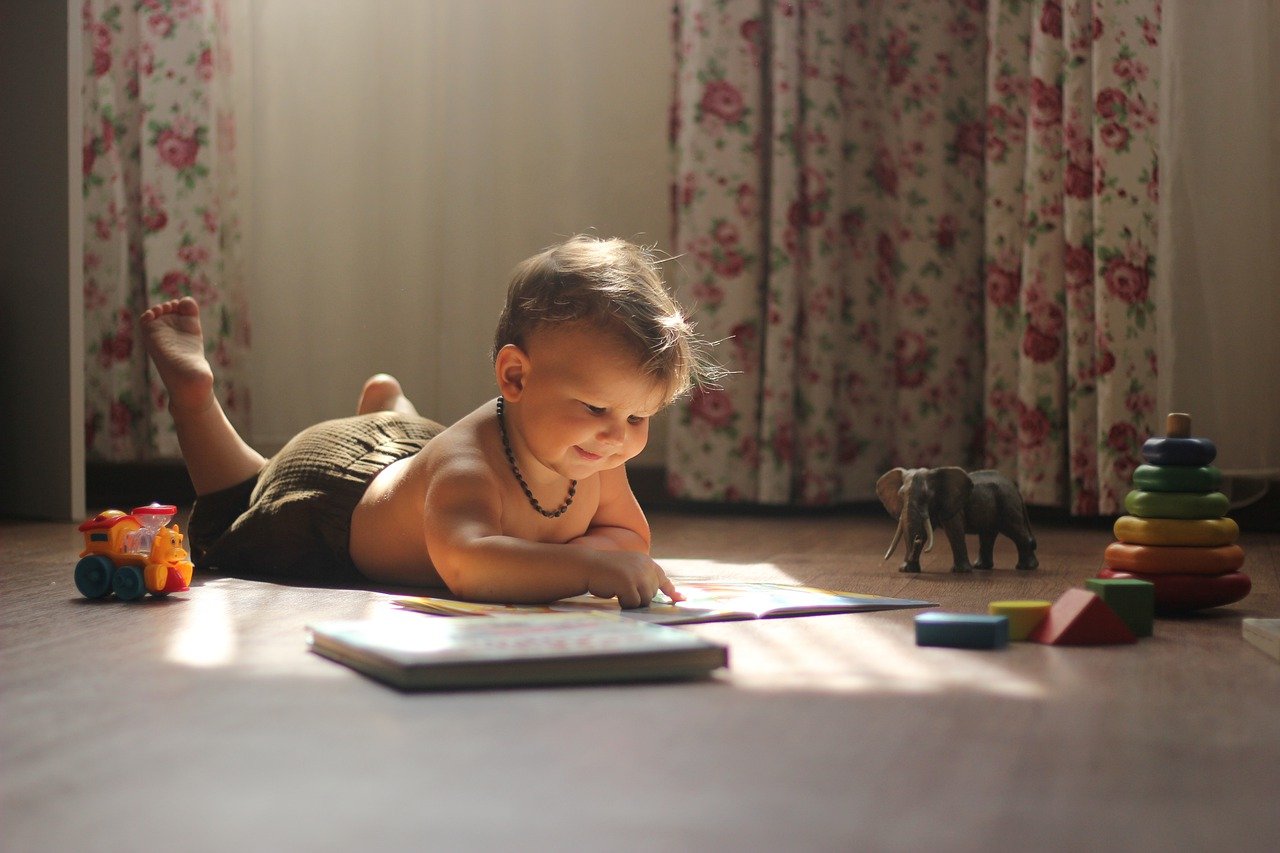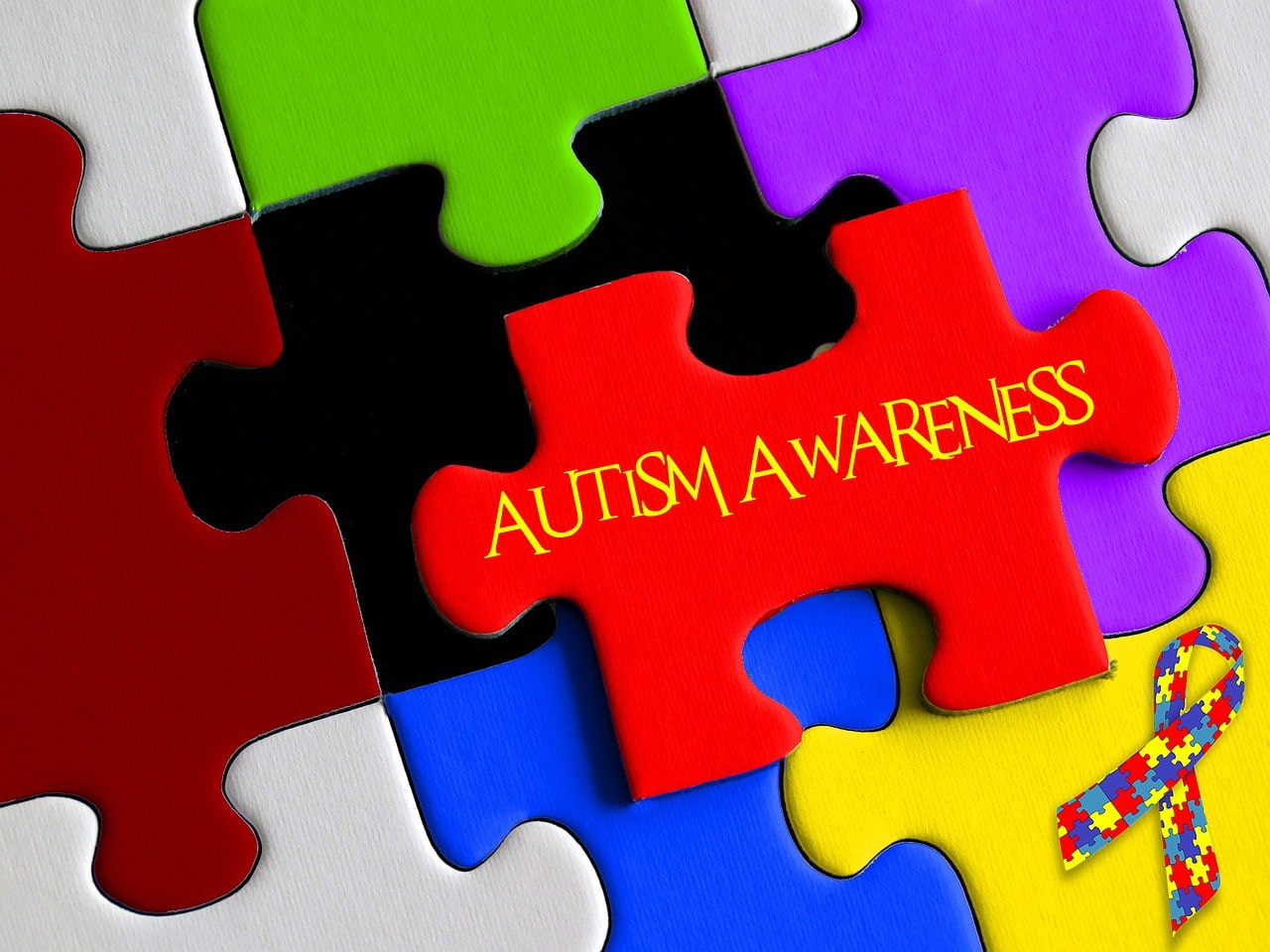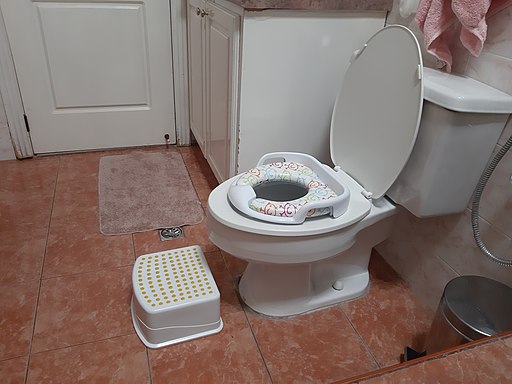
We will also cover subjects such as regression with potty training and what you can do about it, potty training and constipation, and other tips for potty training. Use the tips to potty training in this guide to achieve the best results. We include potty training girls’ tips and boys’ tips and will show you how to overcome resistance to potty training.
Signs for Potty Training
How old when potty training starts can vary from one child to another. Usually, your child will show signs that they are ready for potty training from around 18 months old to 3 years old. But please bear in mind that the age of your child is not the only factor that you should consider for readiness. Potty training early can be a mistake.
Potty training zero to three is not always the right thing to do. The bottom line here is that potty training young will not always provide the best results. Is potty training 10 month old a good idea? In some cases, it can be but not all the time. Potty training your infant can be a real challenge and leave all concerned very frustrated. You need to be aware of the signs.
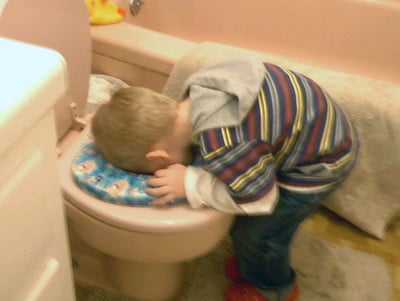
One method of potty training encouragement that works well is to watch potty training videos or read books with your child that are about using a potty. You should talk about using the potty regularly to your child as well to develop their interest in the subject.
Does your child know when they need to go? When a child is too young for potty training they will just go in their diaper without even thinking about it. But when they are showing signs of potty training readiness they will know when they need to relive themselves.
Does your child go and find somewhere private when they need to relieve themselves? Perhaps they hide behind the curtains or a piece of furniture? If your child starts to point to their diaper or start touching it when they need to go this can be a sign that they are ready for potty training.
As your child gets older, they will improve their bladder control. This is another good sign of potty training when to start. One of the best tricks to potty training success is to know when your child has sufficient bladder control. People ask us “is potty training hard?” It will certainly be harder if your child is not ready.
Can your child undress themselves? You will probably need to help them to develop the simple skill of pulling their pants down and pulling them up again. Make it easy for your child by dressing them in clothes that it will be easy for them to manipulate to use the potty.
Another sign that your child is likely to be ready to begin potty training is that they can sit still for a reasonable amount of time. This is why potty training 1 year old may not work as they do not have the ability to sit still for very long.
Can your child follow simple instructions from you? As adults, it is easy for us to use the toilet because we have been doing this for so long. But for a young child this can be a daunting process with so many different steps such as knowing when they are ready to go, finding the potty, pulling down their clothes, and more.
Potty training late is not good, but it can often be better than trying to potty train a child that is not ready. A lot of parents seemed obsessed with potty training quickly and we are asked about potty training one year old and even potty training 7 month old. Understanding the signs of potty training readiness is the answer to potty training when to start.
Steps for Potty Training
In this how potty training guide, we will provide you with the best steps to take for success. Our aim is to answer all of the potty training questions that you may have. You will learn how to get potty training started and the best methods to use to get your child used to using the potty.
Is potty training easy? It will be a lot easier for you if you follow the recommended steps below. We will tell you about potty training incentives and also provide you with some potty training reward ideas. These steps apply if you are potty training boys or potty training girls. Let’s get you started on your potty training journey.
1. Choosing the right type of Potty
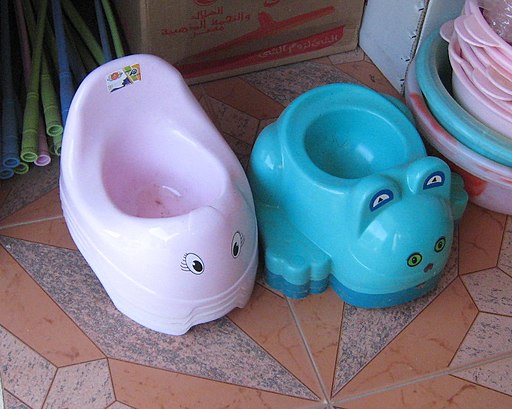
The first thing to decide is whether you will go for a stand-alone potty or a training seat which fits on your existing toilet. This really depends if your child can reach your toilet or not. If they are too small to reach the toilet then get a stand-alone potty. Otherwise, you can choose a training seat.
What potty training seat is best? The one that is the right size for your child and that they are comfortable using. This applies to a stand-alone potty as well. Potty training with bells can be good as a potty that has bells on it will be fun for your child to use. One of the best potty training tips for boys is to get a stand-alone potty that has a splash guard.
2. Where will you Place the Potty?
Most parents will start with a stand-alone potty and the next important decision to make is where you will place the potty. Put the potty in a place where your child will be comfortable with it. This could be in the room where they play or their bedroom for example. Not all children will be comfortable with their potty being in the bathroom.
3. The Potty needs to be accessible
You must make the potty easily accessible for your child. If your child needs to go when you are not watching them then they will be more inclined to use their potty if it is easy for them to access. It is good to encourage your child to use their potty on their own.
Another thing to consider is the lighting in the area where you place the potty. It is important that the area is lit well. Although potty training at night is not essential, if your child needs to go when it is dark outside you need to ensure that they can see what they are doing.
4. Potty Training Essentials – Give your Child time
Potty training not working? A lot of parents are eager for fast results which is why programs such as “potty training 3 days” are so popular. We are not saying that potty training doesn’t work but sometimes you need to give your child time to get used to their potty.
When you start potty training be sure to stay with your child until they are used to the process. We recommend implementing a potty training schedule which we will discuss further later in this guide to potty training.
5. Teach your Child good Hygiene
You need to teach your child good hygiene when it comes to using the potty. Whether they do anything or not when sitting on the potty or the toilet seat, show them how to wipe afterwards. Always encourage them to wash their hands and if they are using the toilet then teach them how to flush.
6. Use Rewards for Potty Training
Potty training rewards are good to give your child each time they sit on the potty. It does not matter if they go on the potty, just give them a reward for trying. Praise is a form of reward. You can tell your child that you are very proud of them and that they are growing up.
You can use stickers as a reward for your child when they use the potty. We recommend that the rewards you give to your child are small. Other reward ideas could be watching TV or a video, going out to the park or even a drink that they like.
Parents ask us “how many accidents while potty training are normal?” There is no average number of accidents. The important thing is that when an accident occurs you should never get angry with your child or punish them in some way. Doing this is likely to put them off the idea of potty training.
7. Set a good example
Young children will usually follow their parents. When you need to go, take your child with you to the toilet and go through the actions such as pulling down your pants, sitting on the toilet, wiping yourself and washing your hands. Tell your child what you are doing. Don’t be shy here as you do not want your child to be ashamed of having to go.
Potty Training Schedule for a week
While it is possible to potty train for less than 7 days successfully, we recommend that you create a schedule for a week. It is impossible for us to answer the question “how many days does potty training take?” as it is usually different for each child. When potty training starts follow this schedule.
Potty training day 1 we recommend that you lead your child to the potty every hour. Help them to pull down their clothing so that they can sit and go if they need to. Give them encouragement as you sit with them. Be patient as the first two days of potty training are going to be a challenge for your child.
On the second day you need to continue with the activities of the first day. If your child has an accident then do not get angry with them. Make a joke about it by telling them that it is very stinky and going on the potty is better.
For the third and fourth days we recommend that you keep offering your child drinks and snacks so that they will want to go. By this stage they should know that they need to visit the potty when they feel they need to go. Again, accidents may happen so be prepared for this.
On the fifth and sixth day you are looking to make fine adjustments to what you have taught your child. They should be making good progress at this stage so you can stop offering them a lot of snacks and drinks. Instead of taking your child to the potty every hour, ask them if they need to use the potty each hour.
Day seven is about potty training and leaving the house. Get your little one to use the potty before going out and take the potty with you. Ask them every hour if they need to use the potty. Don’t make thew trips outdoors longer than 2 hours to start with.
Potty Training Regression
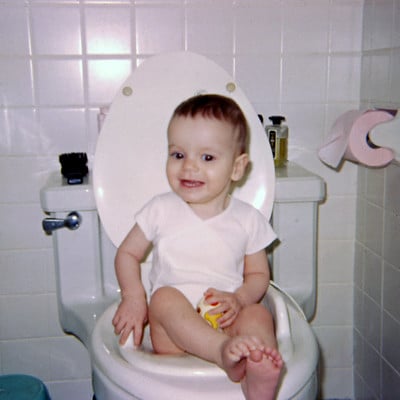
Is potty training regression normal? Well, it does happen and if your child is suffering from it then you need to be patient and never get angry. Keep reminding your child about using the potty and use incentives and rewards to get them back on the potty again.
Final Words
The potty training tips in this guide are proven to work. Potting training kids is not the easiest thing in the world to do and requires patience and consistency. But it is worth persevering with the steps to potty training we have shared. Watch out for the signs to answer the question of potty training when to start.

